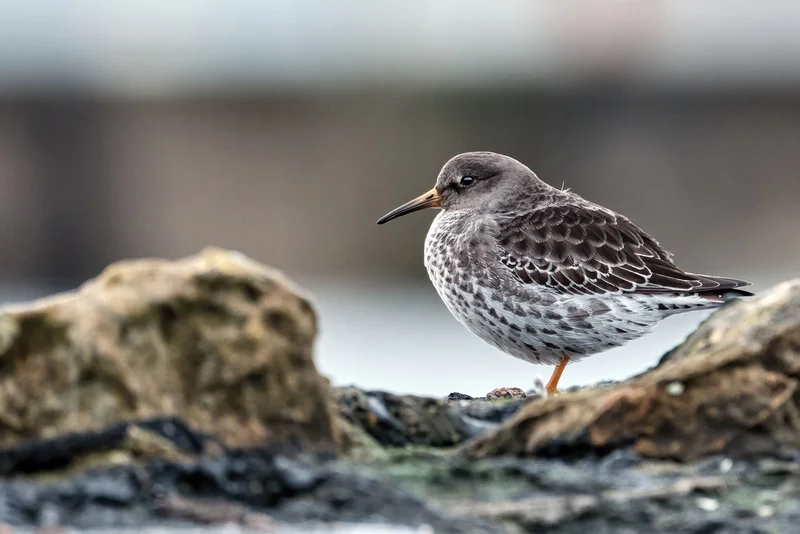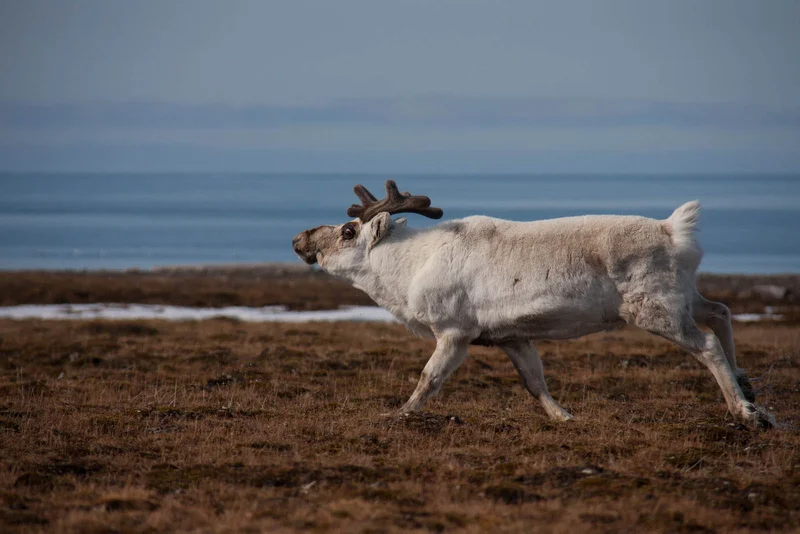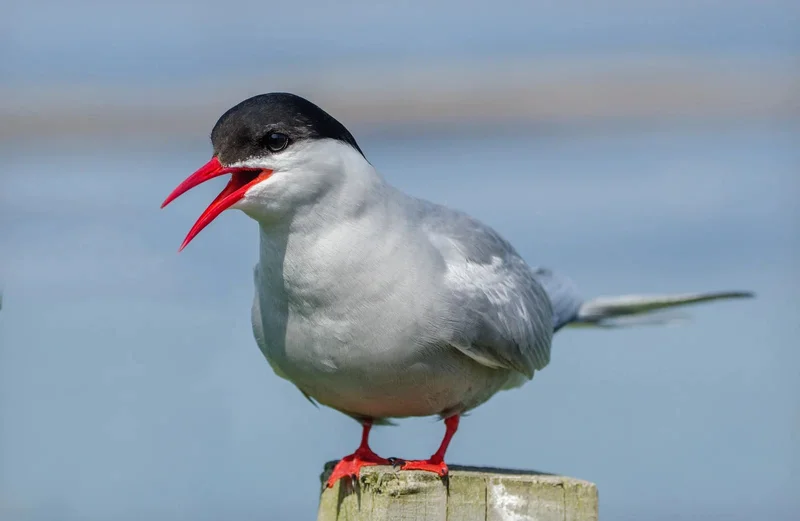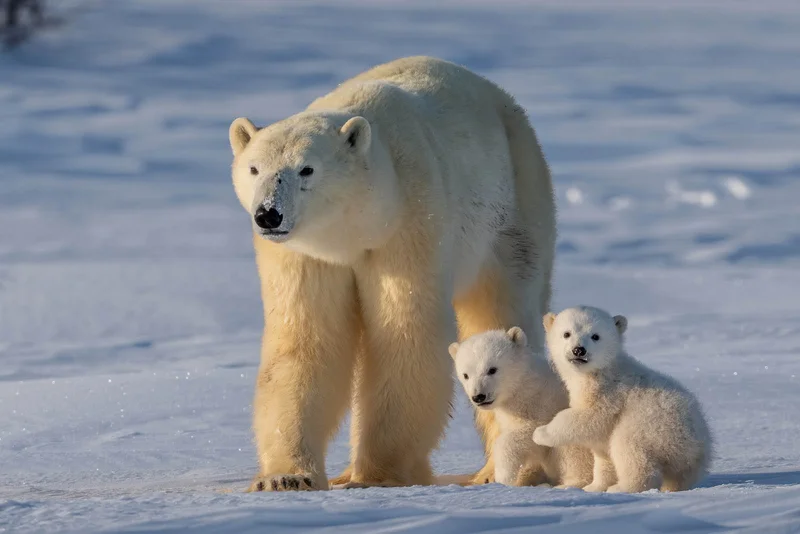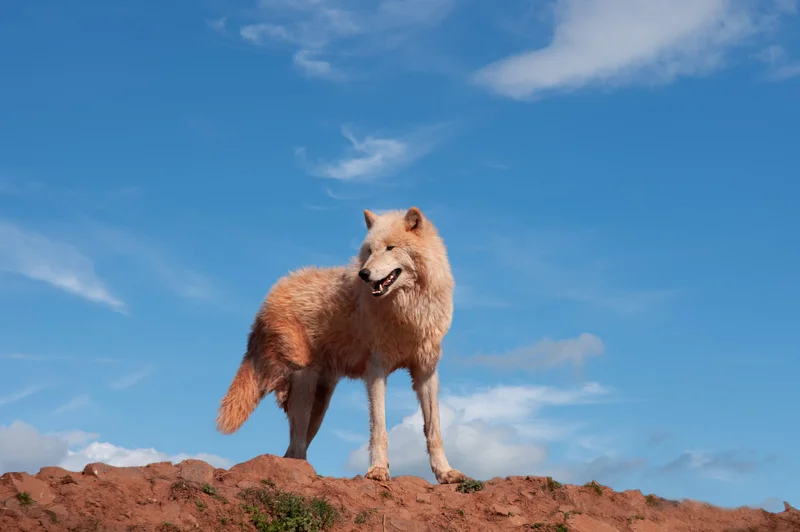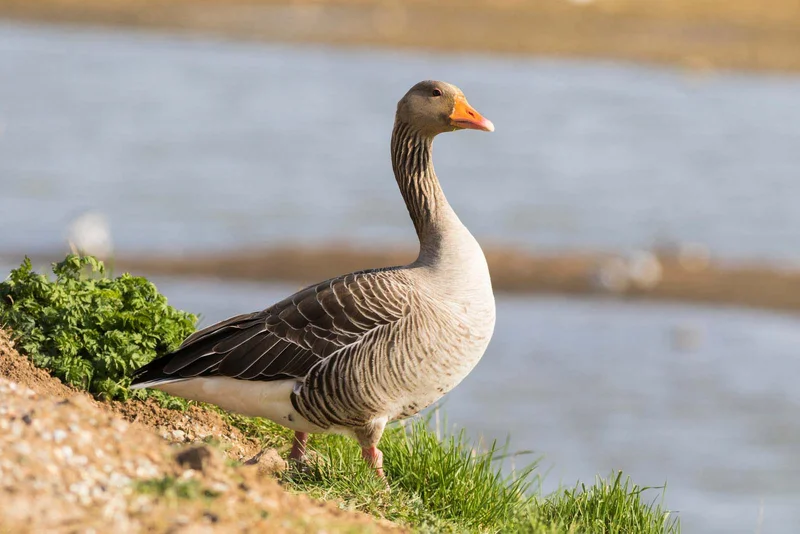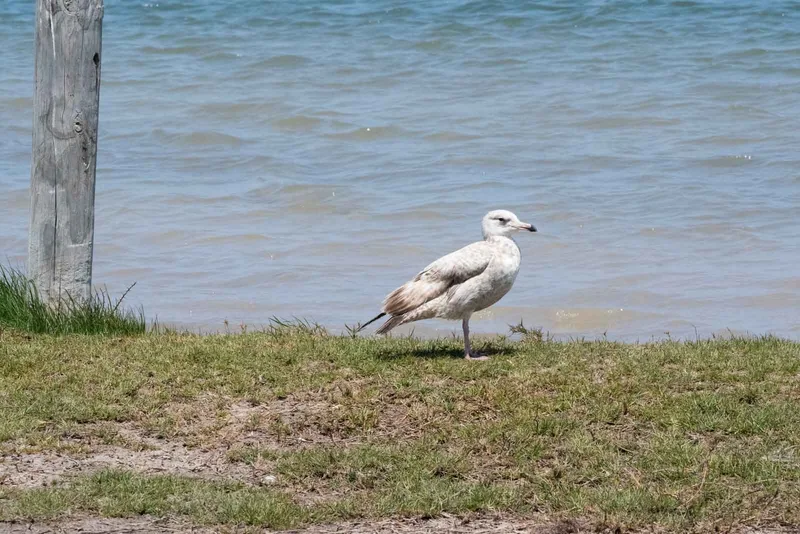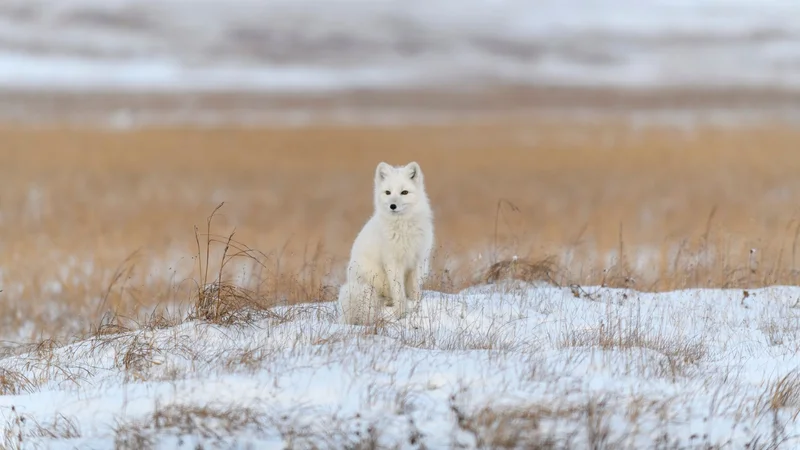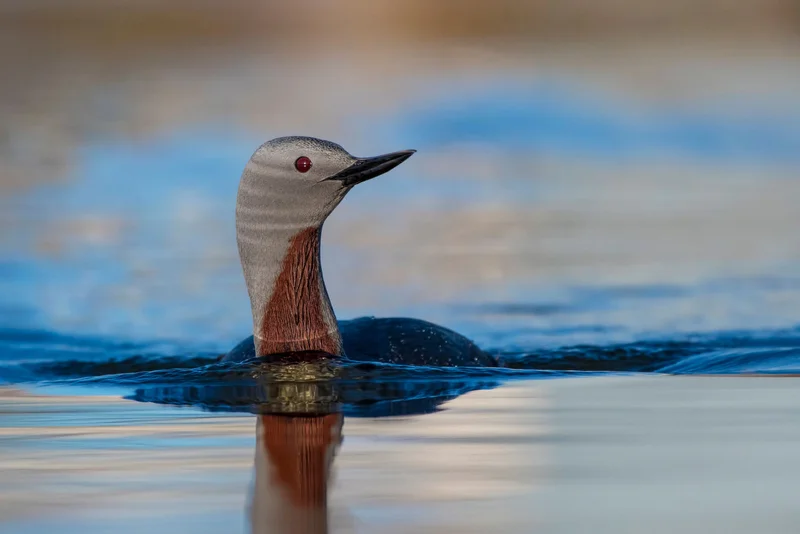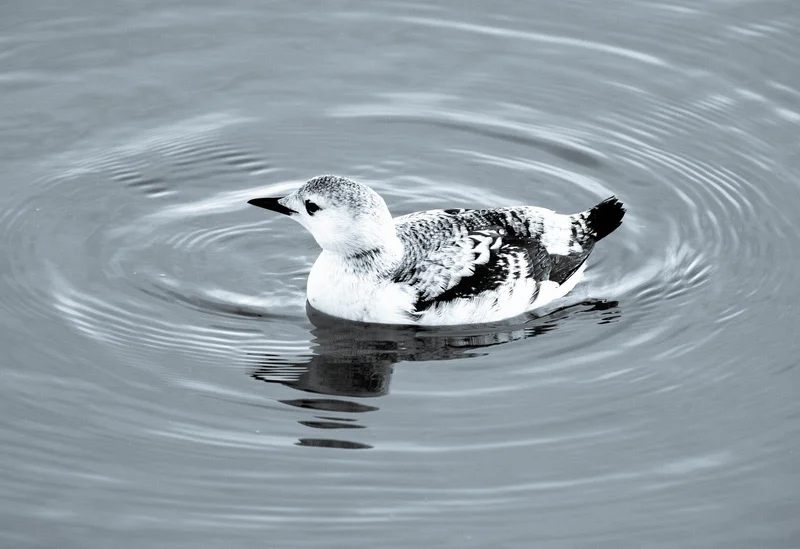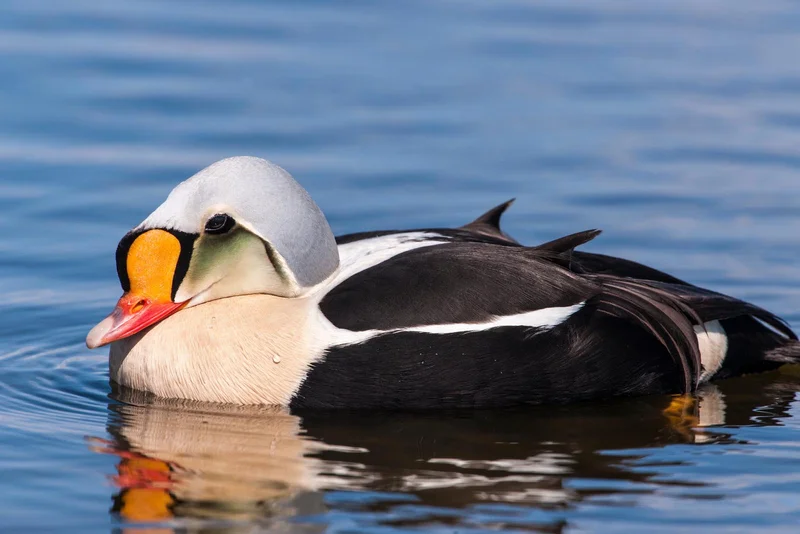Essential Snowy Owl Information
The Snowy Owl is an iconic Arctic bird, also known as the polar or Arctic owl. It is one of the largest owl species and one of the few with predominantly white plumage, perfectly suited for life in the tundra. Snowy Owls are tundra specialists, relying heavily on populations of small rodents like lemmings for their breeding success.
Physical Characteristics
Snowy Owls are large birds, with females being larger than males. Females can weigh over 2.2 kg (5 lbs), grow up to 71 cm (28 inches) tall, and have wingspans exceeding 1.5 meters (5 feet). Males are smaller and often lighter in color, sometimes appearing almost entirely white, while females and juveniles have more dark barring across their plumage.
Adaptations and Behavior
Unlike many owl species, Snowy Owls are diurnal, hunting during the day, especially in the summer when there is constant daylight in the Arctic. They are nomadic, often changing breeding locations based on prey availability, and they will not breed at all if prey populations, particularly lemmings, are low. This specialization in hunting lemmings restricts them to areas where these rodents thrive, which is why Snowy Owls are rarely seen in places like Svalbard, where lemmings are absent.
Habitat and Migration
Snowy Owls inhabit the Arctic tundra, typically living north of 60 degrees latitude during the summer. In years of plentiful prey, they can expand their winter range much farther south than usual. These owls are highly migratory, traveling long distances depending on prey availability, making population tracking difficult.
Conservation Status
Snowy Owls are listed as vulnerable, with fewer than 100,000 individuals globally and possibly fewer than 40,000 breeding pairs. Their population fluctuates with prey availability, and their specialized diet makes them susceptible to habitat changes that affect lemming populations.
Interesting Facts
- Prey Specialist: Snowy Owls rely heavily on lemmings for breeding success and are rarely found where there are no lemming populations.
- Nomadic Lifestyle: These owls are nomadic, migrating and changing breeding locations based on prey availability.
- Diurnal Hunters: Unlike most owls, Snowy Owls are active during the day, especially in the Arctic summer when there is continuous daylight.



